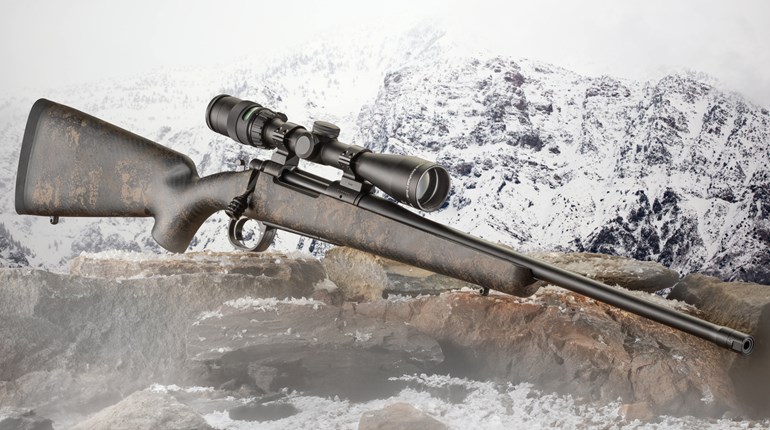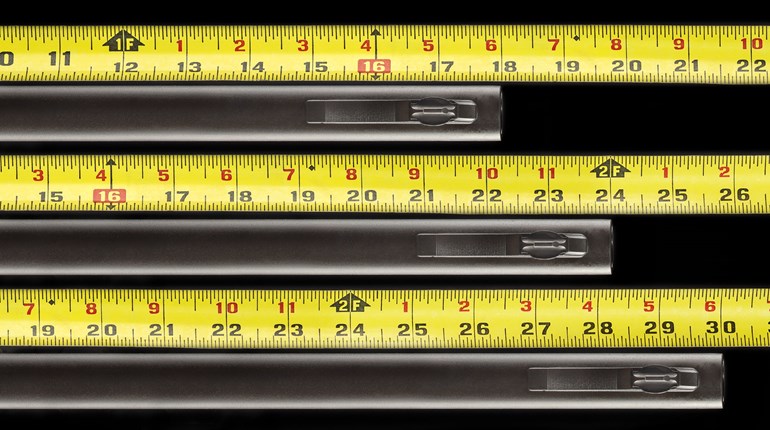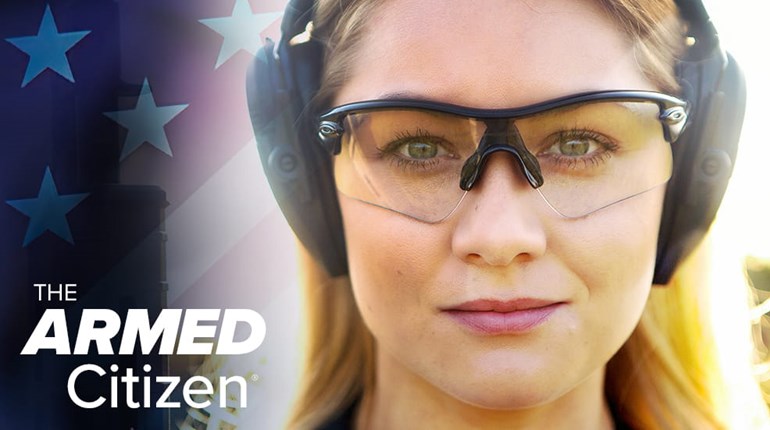
By now, you might realize that I haven’t been the biggest proponent of optics on defensive shotguns. But, that doesn’t mean other folks don’t swear by them, or that optics never should be used. Fact is, they are superior to open sights in some scenarios. Let’s discuss red-dot sights’ advantages, disadvantages and why you might benefit from an optic-bearing shotgun.
Anyone who has hunted turkeys very much has also missed. It’s as surprising as it is embarrassing, but it happens. Now, I’m not saying that defensive shotgunning has anything to do with controlling the wild turkey population, but nonetheless interesting lessons can be gleaned from turkey hunters, since millions of birds are taken each year, and thousands are missed. So, how do they miss?
Sometimes it’s because the shooter flinched. Occasionally it’s because the turkey suddenly moved just before the shot. But, most times when a stationary target is missed with a shotgun, it’s due to the shooter lifting his head over the shotgun’s rib in excitement. (This is akin to handgun shooters looking at the target and not the sights during high-stress scenarios.) Subsequently the bullet—or pattern—sails high.
To combat this, many turkey hunters install red-dot sights on their shotguns, because doing so all but forces them to consciously peer through the sight if they are to see the target. And, when peering through the sight, it’s impossible for the eye to ignore the glowing-red dot within it. It results in fewer missed birds. The same logic can be applied to combat and defensive shotguns.
Advantages of a Shotgun-Mounted Red Dot
When it comes to aiming any firearm, an optic that features a precise dot for aiming is more accurate. Same goes for shotguns. For slug loads, it’s not even close. Once zeroed to the center of your pattern’s point-of-impact at a given range, that shot will almost assuredly be on target (assuming the shooter does their part). No longer must the shooter choose between three focal planes including the target, the front sight and the rear sight. Rather, the shooter need only superimpose the glowing- red dot on the target so both are in focus, and pull the trigger.
As a byproduct of the obvious, the glowing-red dot that commandeers the focus of whatever eye is aligned with it, the other eye can more easily be left open without it subconsciously focusing on something as well. It’s undeniable that shooters benefit from having a full field of peripheral vision—with open sights it is sometimes harder for shooters to do so, especially if their eyes and hands are cross-dominant. Red dots facilitate both-eyes-open shooting.
Additionally, because the head doesn’t need to be canted and tightly mashed down to view the optic as it often does for iron sights, the head can be held in a level, more-comfortable position where both eyes can look ahead naturally. This increases depth perception while allowing the maximum amount of visual data to be gathered and transferred from the eyes to the brain.
These reasons are why competitive 3-gun shooters often use optics on their shotguns. In almost all scenarios, an optic with a single focal point is faster than open sights. The heads-up position allows them to acquire and transition to the next target more quickly. Both they and I like mini-reflex style optics because these units are small enough that they don’t get in the way of vision or maneuverability, but large enough to provide an illuminated aiming point.
Disadvantages of a Shotgun-Mounted Red Dot
So, if a red-dot optic on a shotgun is more accurate, faster and ensures fewer misses, why doesn’t everyone use them? There are three negative factors. First, most require batteries, and batteries can fail. While it’s true that new, super-efficient red-dot sights and lithium batteries last so long this is almost a non-issue, the possibility of failure exists. Secondly, as with any optic that must be zeroed to the gun’s point-of-impact, there’s a possibility of the sight itself breaking or getting knocked out of zero.
Finally, and probably the biggest concern I have about reflex-type sights, is glare from light in the shooter’s eyes. Just a little bit of dust on the lens—much less if the lens is covered in mud or dust—makes viewing through that optic almost impossible, especially if the light source is in front of the shooter. This problem is not often written about, but it’s very real.
If you decide to go with an optic on your defensive shotgun, don’t go cheap. The biggest differences between expensive reflex sights and cheaper units are optical quality, including the lens coatings that can reduce glare; mechanical robustness that must resist the massive recoil energy produced by shotguns to maintain structural integrity and zero as well as a stout electrical system that lasts for years on a single battery.
If you think the advantages of an optic outweigh the disadvantages, then let it ride. After all, when it comes to self-defense, finding what works for you is much more important than knowing what works for somebody else.





































